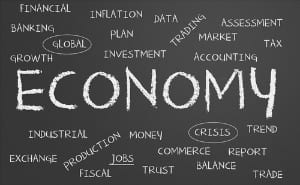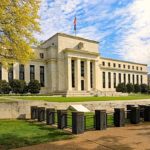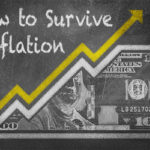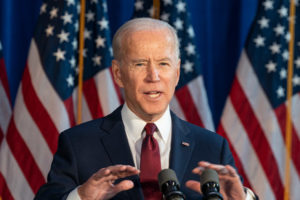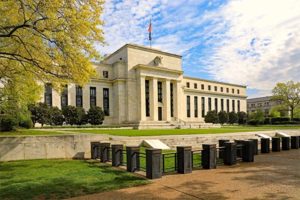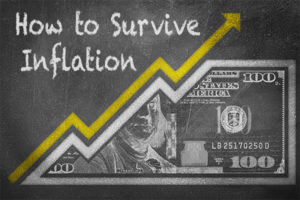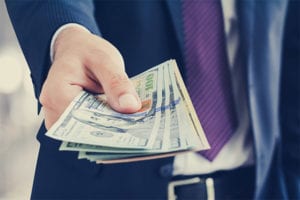Unemployment dropped in February to its lowest levels in four years, consumers spent money at the fastest rate in five months, and Wall Street set new records, all of which means the U.S. economy is … well, improving?
“Things could be a little better, but they could also be a lot worse,” Matt Kelly, a 20-year financial adviser at Morgan Stanley, told Debt.org. “The economy is improving, but people are being cautious about this recovery and, frankly, Wall Street seems to like that.”
So yes, these are all positive signs for the economy, but the going continues to be slow, sometimes painfully slow, especially for those people out of work. The unemployment numbers, for example, come with a disclaimer: Part of the reason unemployment was down is that fewer workers were fired in January than in any month during the previous 12 years.
Slightly More Jobs
February also saw a significant bump in construction jobs, where 48,000 new workers were hired. About one-third of the jobs were in new home construction, another sign that the housing sector is making a sustained comeback.
The economy produced 236,000 jobs in February, which pushed the average for the last four months to 205,000 jobs a month. That is a healthy increase from the 154,000 jobs a month created the previous four months.
Overall, unemployment shrank slightly from 7.9 percent to 7.7 percent. A healthy economy has an unemployment rate of less than 6 percent.
“Any job creation is positive news, but the fact is unemployment in America is still way above the levels the Obama White House projected when the trillion-dollar stimulus spending bill was enacted,” House Speaker John Boehner said in a statement.
People are Spending
The employment numbers surpassed analysts’ expectations and so did spending. Purchases were up 1.1 percent, double what experts expected and a 4.6 percent improvement over February 2012. This is something of a surprise, given the fact that every worker had less spending power starting Jan. 1, when the 2 percent payroll tax increase kicked in.
Consumer spending accounts for 70 percent of the economic activity, and shoppers bought more cars, spent more at general merchandise stores (Walmart, Target, Costco) and even spent more at building materials and garden outlets.
“This all suggests that the hit to spending from the payroll tax cut and higher gasoline prices, which reduce the amount of cash available to spend on other items, hasn’t been too bad,” Paul Dales, senior U.S. economist at Capital Economics, told The Associated Press. “The recent pickup in both employment and earnings growth bodes well for consumption growth later in the year, too.”
Sources:
- Mutikani, L. (2013, March 14). Jobless claims data brightens jobs picture. Reuters. Retrieved from http://www.reuters.com/article/2013/03/14/us-economy-jobless-idUSBRE92D0LI20130314
- Crutsinger, M. (2013, March 13). Americans spending more despite payroll tax increase. The Associated Press. Retrieved from http://www.mercurynews.com/business/ci_22781002/americans-spending-more-despite-payroll-tax-increase
- Kowalski, A. (2013, March 12). Job Openings Increase as U.S. Labor Market Improves. Bloomberg. Retrieved from http://www.bloomberg.com/news/2013-03-12/job-openings-increased-in-january-as-u-s-labor-market-improved.html

